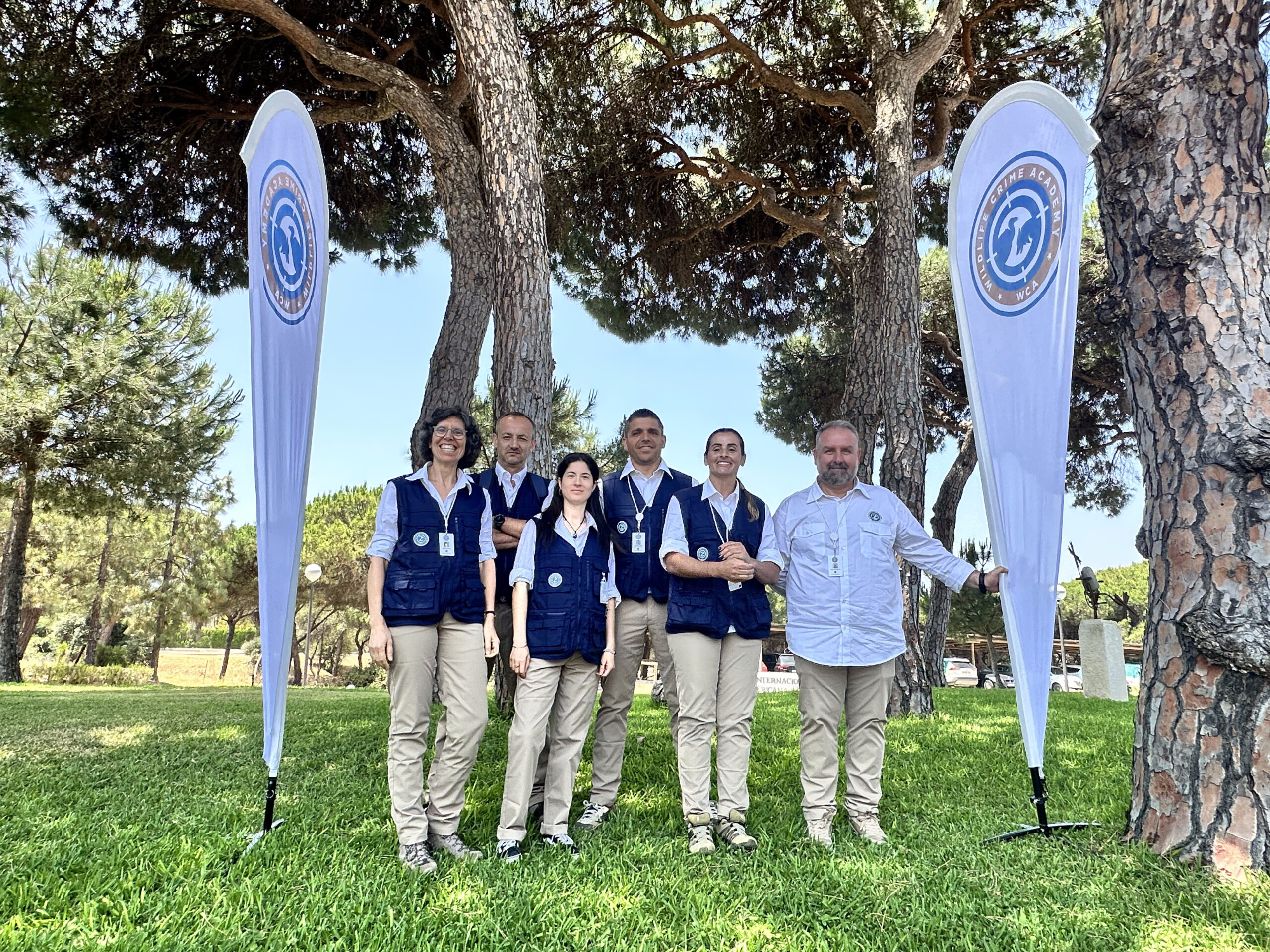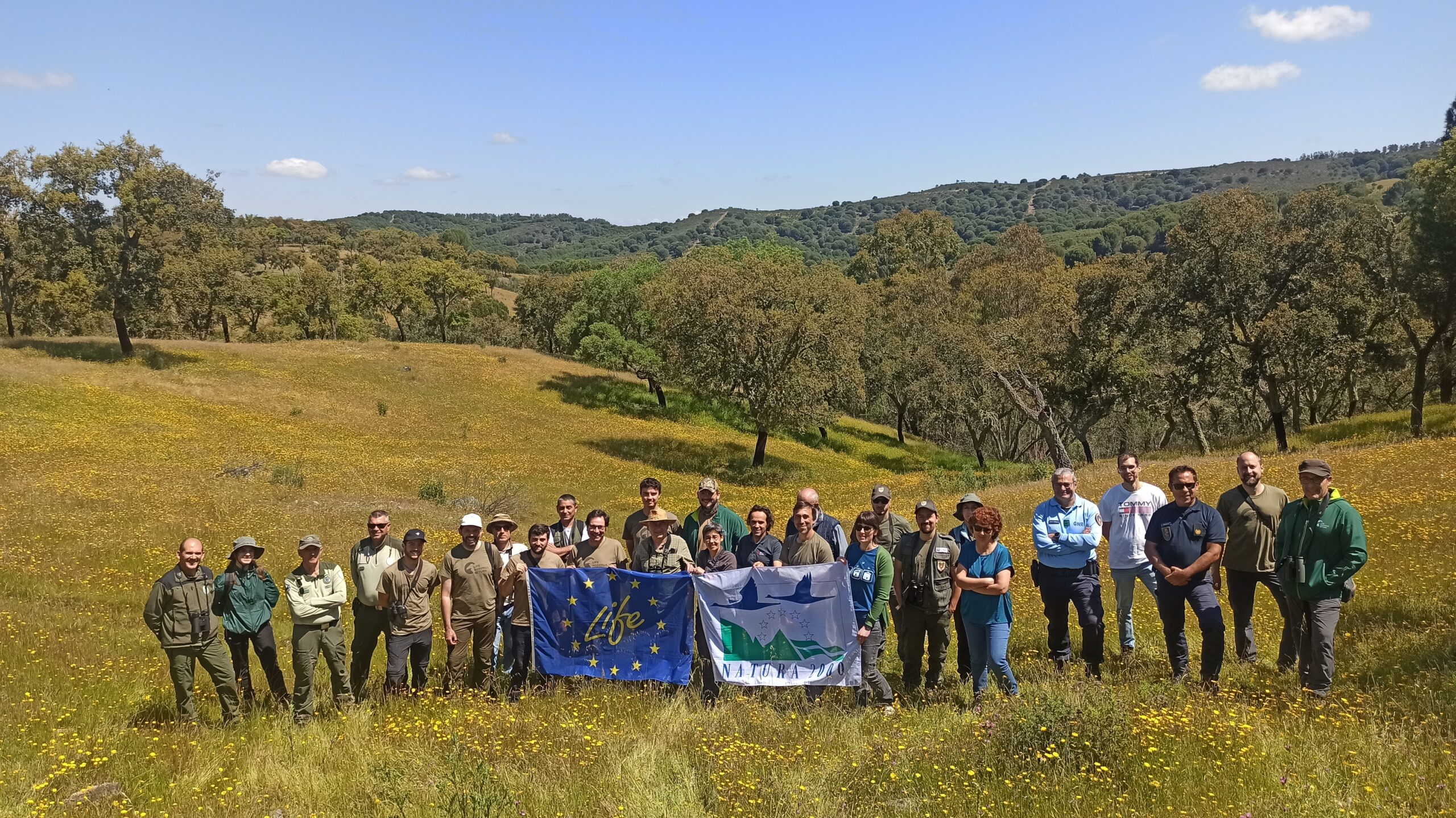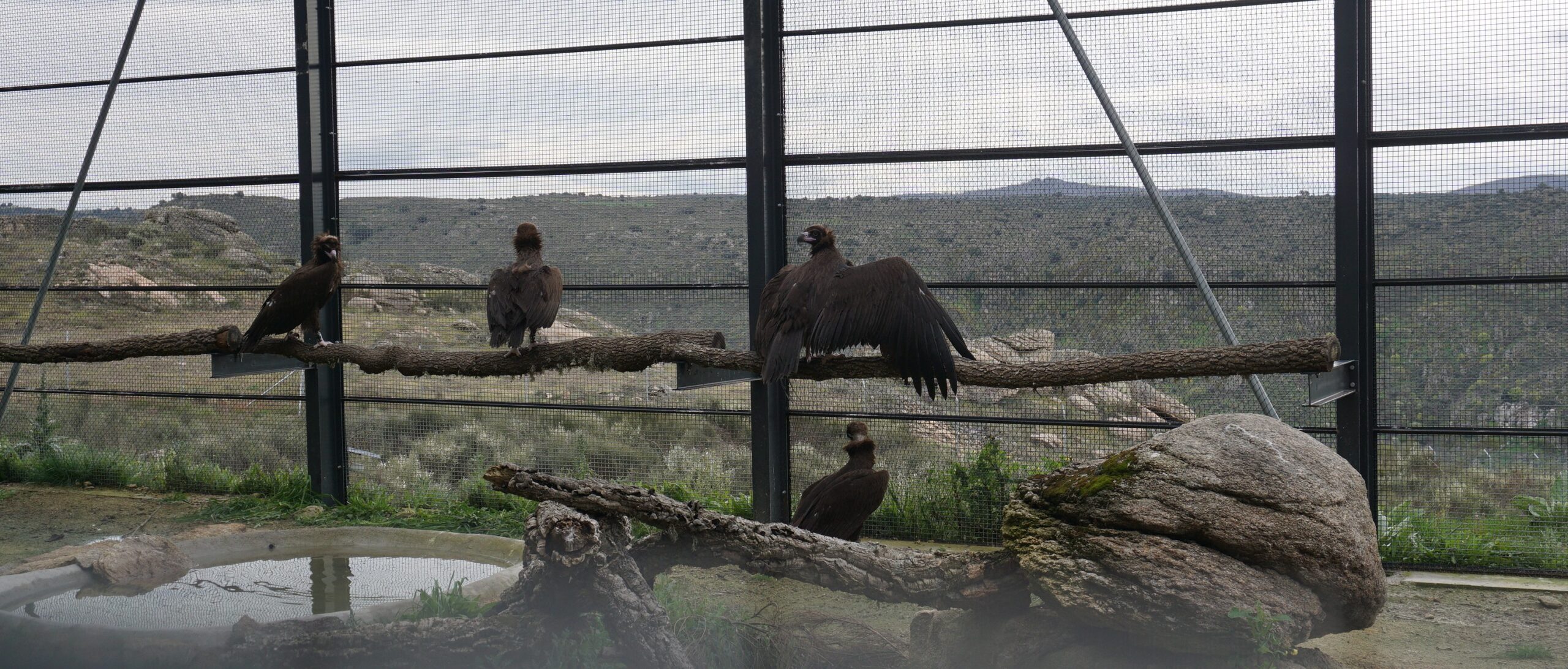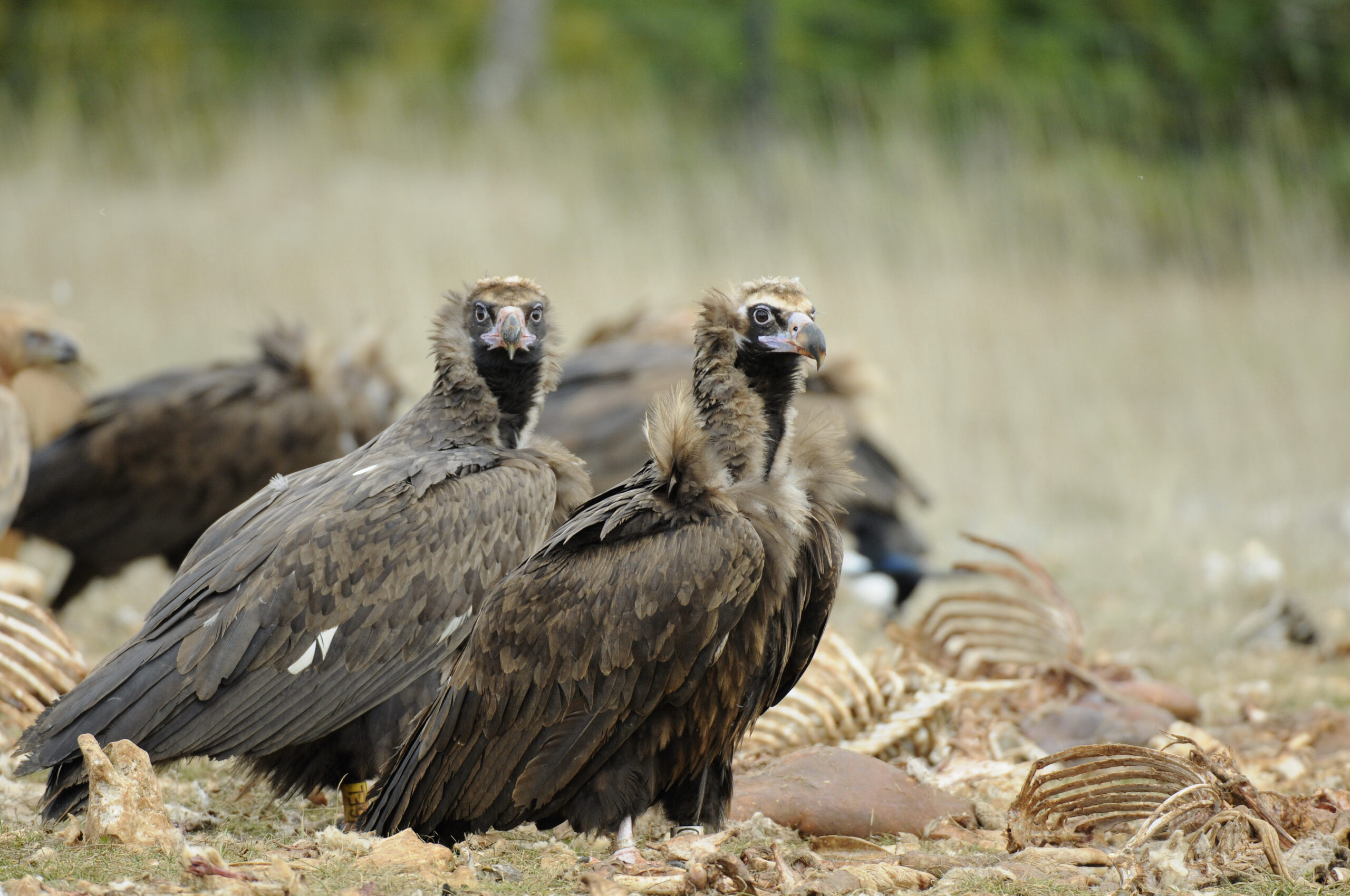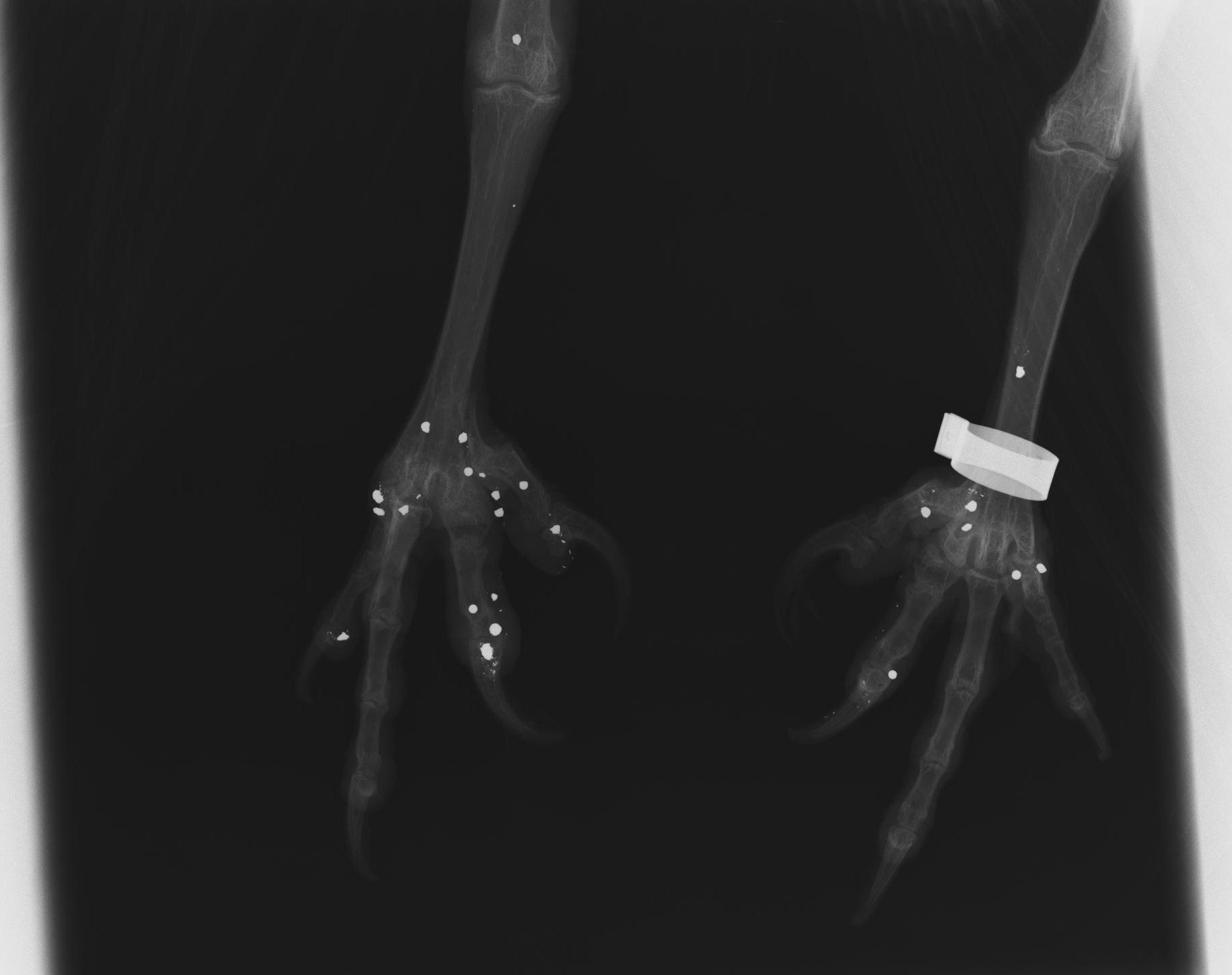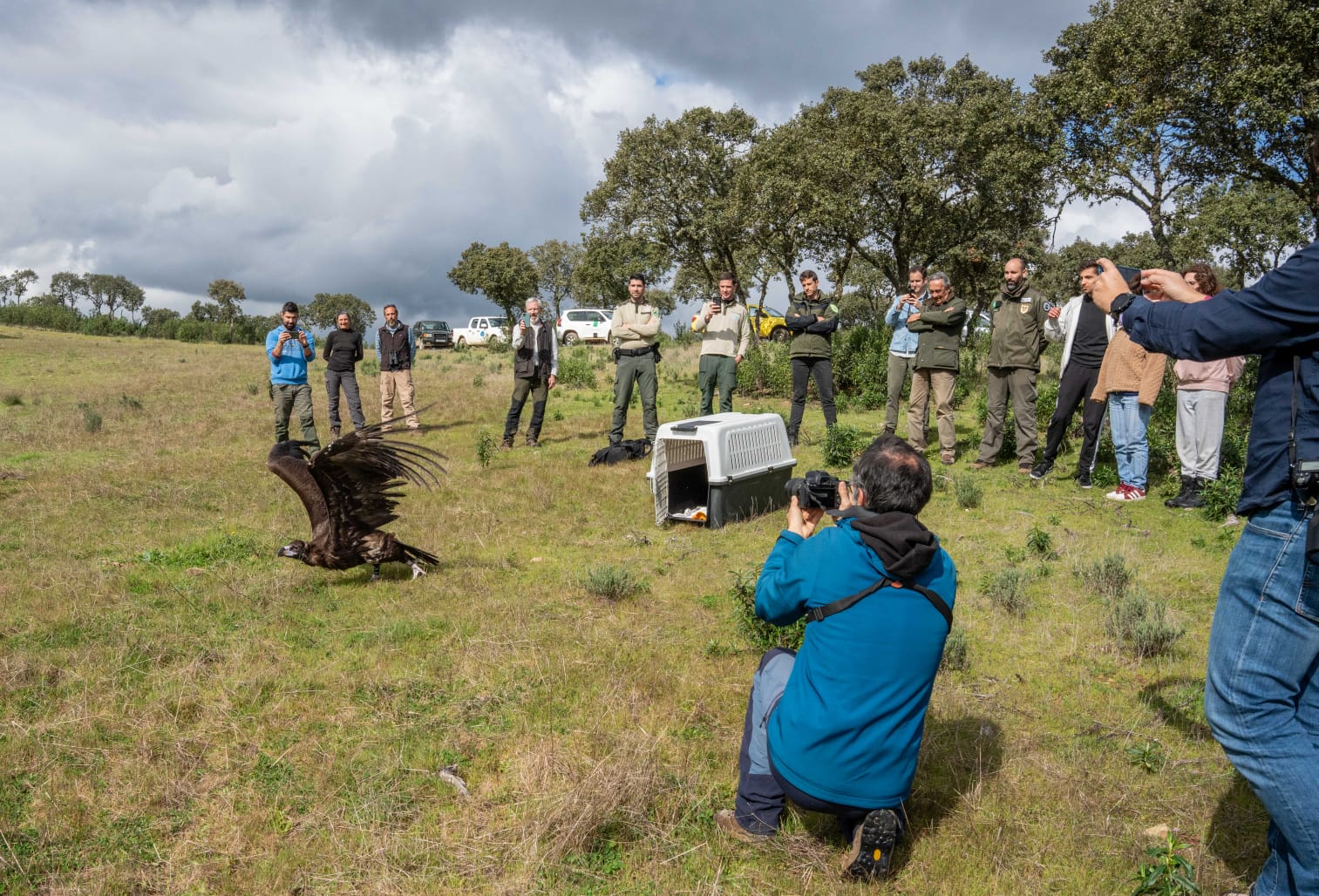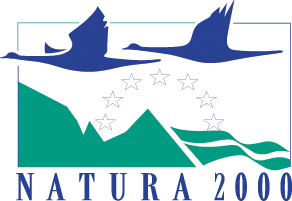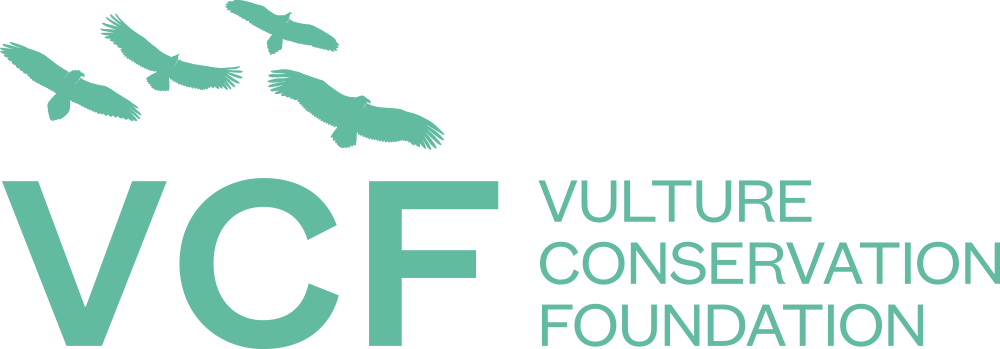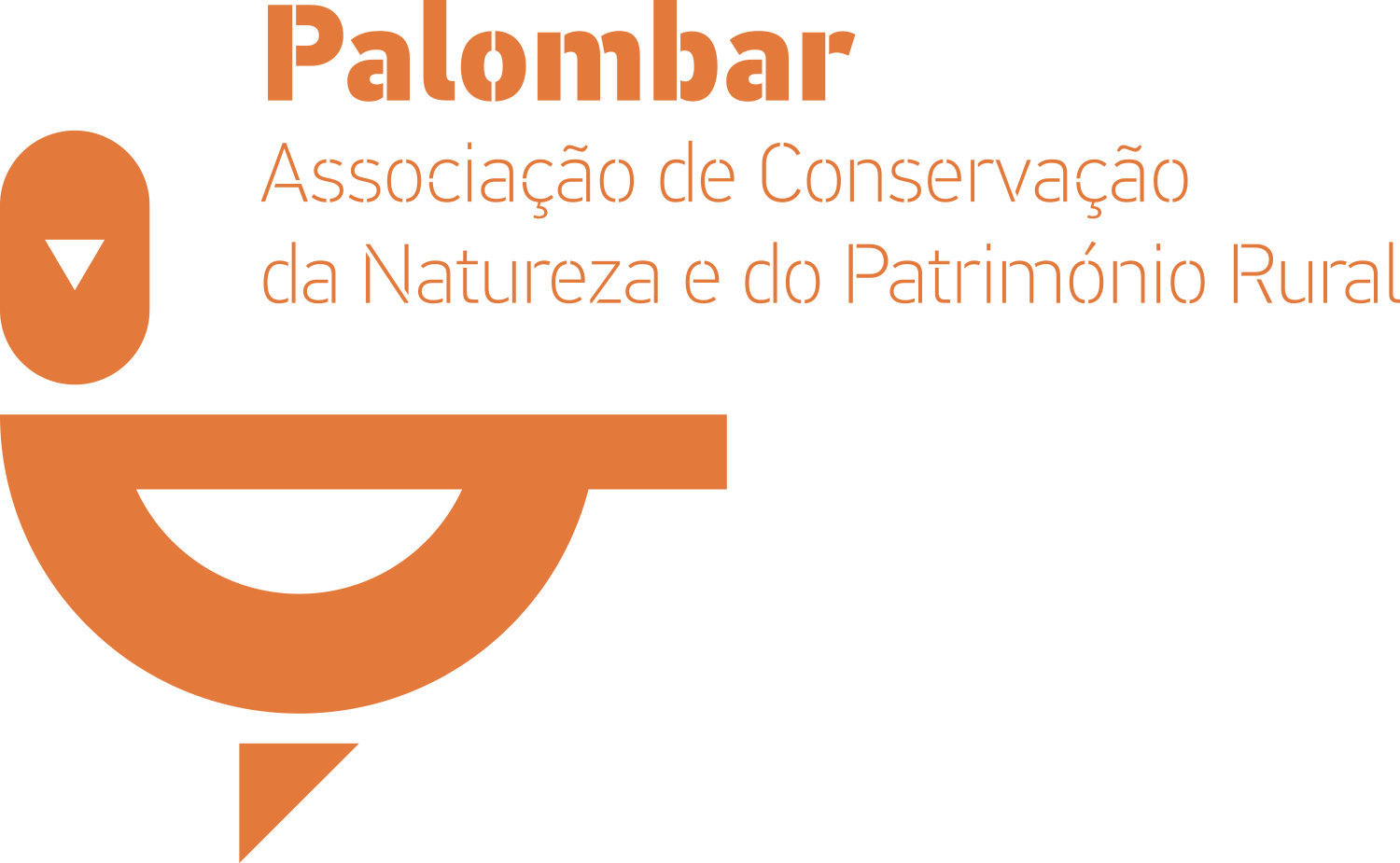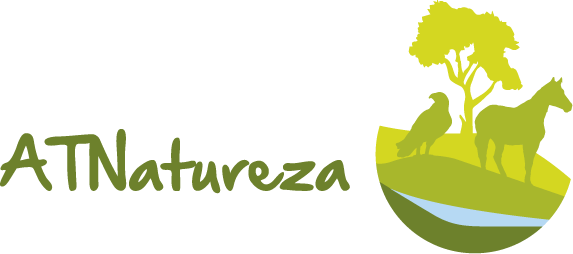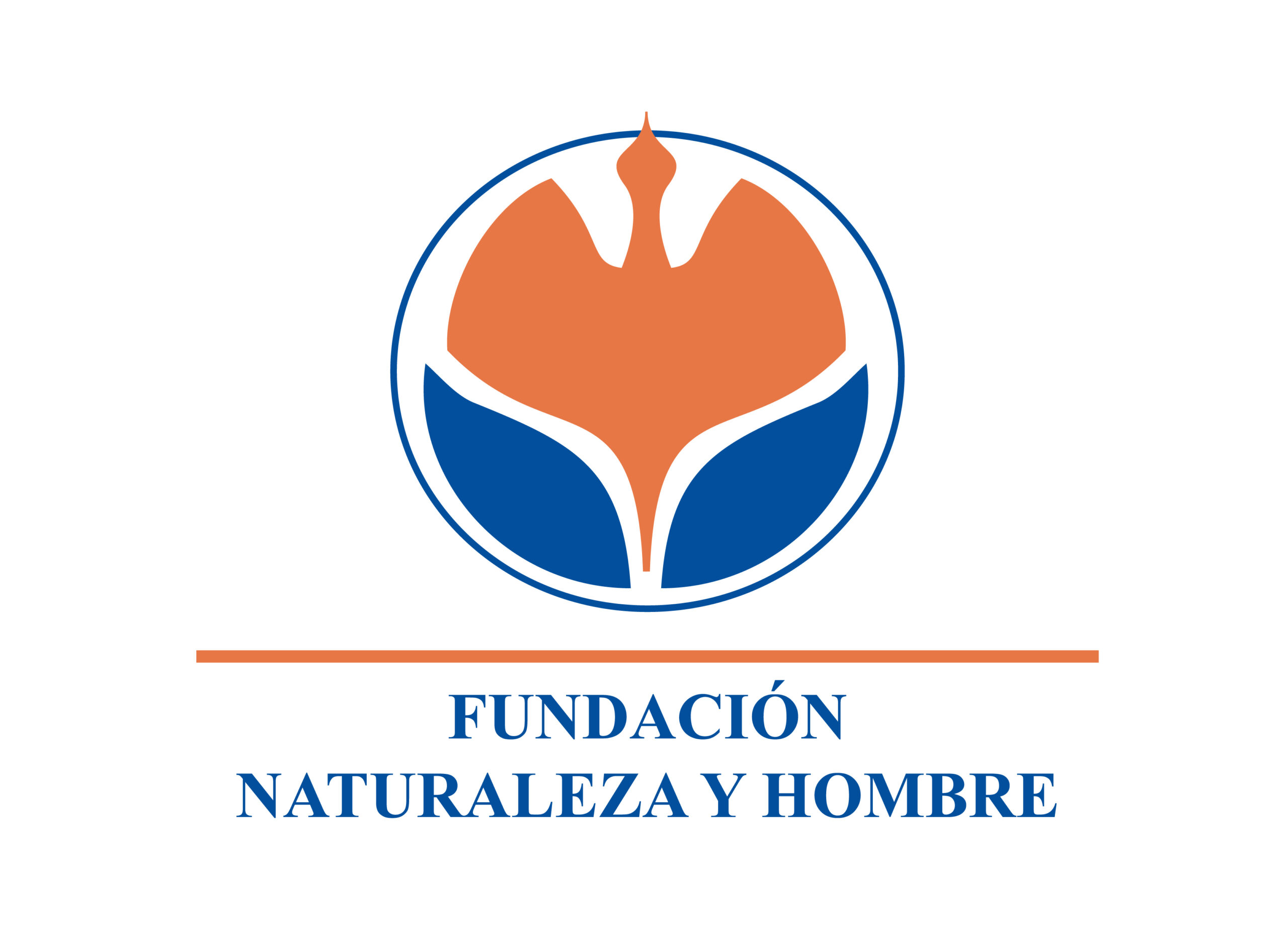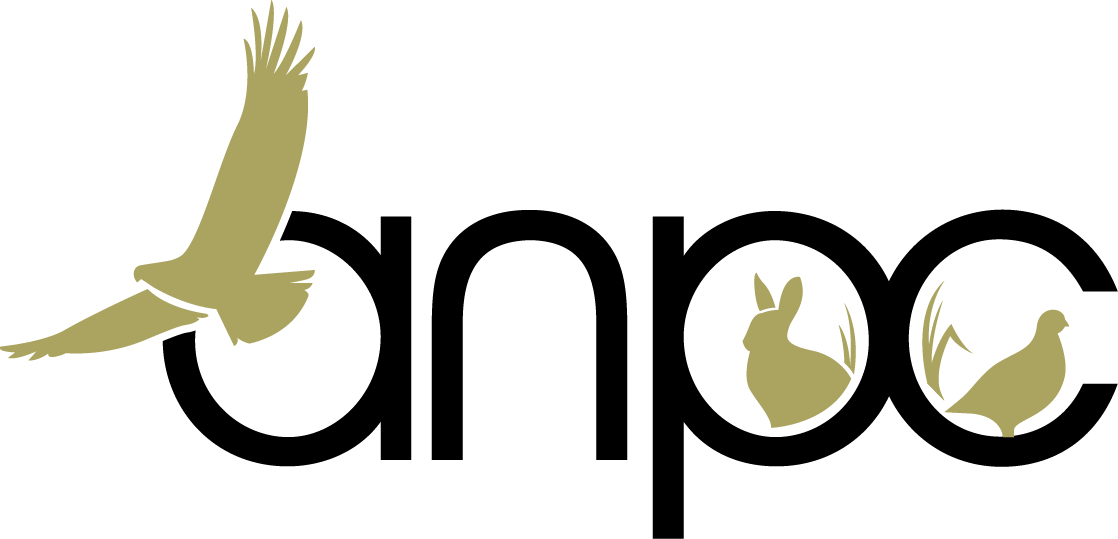LIFE Aegypius Return
Consolidación y expansión de la población de buitre negro en Portugal y en el oeste de España
El buitre negro en Portugal y España a través de los años
Siglo 20
El buitre negro, inicialmente muy extendido en la Península Ibérica, se volvió cada vez más escaso durante el siglo XX debido, principalmente, a la pérdida de hábitat, el envenenamiento de la fauna silvestre y la persecución directaDécada de 1970
La especie está en peligro. La población reproductora de buitre negro se extinguió en Portugal, y en 1973 sólo quedaban unas 200 parejas en España.Desde finales de la década de 1980 en adelante
El número de buitres negros en España comenzó a recuperarse tras la implementación de medidas de protección legal y la adopción de acciones de conservación específicas.2010
El buitre negro recoloniza naturalmente Portugal cuatro décadas después de su extinción, cuando aves de colonias reproductoras españolas cercanas comenzaron a nidificar allí. Esto fue posible gracias a la expansión de la población en España y tras acciones de conservación que mejoraron las condiciones para las aves carroñeras en Portugal.2022
El número de parejas de buitre negro aumentó en Portugal a 40, pero la población y las colonias reproductoras siguen siendo frágiles, y el proceso de recolonización es demasiado lento y limitado. Se requiere una acción urgente.LIFE Aegypius Return se lanzó en 2022 con el objetivo de consolidar, mejorar y acelerar el regreso del buitre negro a Portugal y al oeste español de la Península Ibérica mediante un enfoque transnacional y multidisciplinar.
Objetivos y alcance
El objetivo a largo plazo del proyecto es garantizar un estado de conservación favorable para el buitre negro en Portugal.
OBJETIVOS DEL PROYECTO

Duplicar la población reproductora en Portugal de 40 a 80 parejas

Aumentar el éxito reproductor

Rebajar el estatus nacional de En Peligro Crítico a En Peligro

Mejorar la conectividad entre colonias.
Comportamiento
El equipo del proyecto se esfuerza por alcanzar sus objetivos mejorando el hábitat y las condiciones de alimentación del buitre negro, fortaleciendo su población, mitigando las amenazas y desarrollando capacidades nacionales en diez zonas de la Red Natura 2000 a lo largo de casi toda la frontera hispano-portuguesa.
Financiador y socios
LIFE Aegypius Return está cofinanciado por el Programa LIFE de la UE Programa LIFE y cuenta con un presupuesto de 3,7 millones de euros. Su éxito depende de la participación de todas las partes interesadas relevantes y de la estrecha colaboración del principal socio del proyecto, la
Vulture Conservation Foundation (VCF), con todos los socios locales:
Palombar – Conservação da Natureza e do Património Rural,
Herdade da Contenda,
Sociedade Portuguesa para o Estudo das Aves,
Liga para a Proteção da Natureza,
Associação Transumância e Natureza,
Fundación Naturaleza y Hombre,
Guarda Nacional Republicana y Associação Nacional de Proprietários Rurais y
Associação Nacional de Proprietários Rurais Gestão Cinegética e Biodiversidade.
Portugal joins international efforts to combat wildlife crime
junio 24, 2025
Illegal killing, poisoning, trafficking and other wildlife crimes are not only threatening ...
Read More →
All together for the Cinereous Vulture: LIFE Aegypius Return joins partners and stakeholders for the 4th time
mayo 26, 2025
LIFE Aegypius Return partners and Portuguese and Spanish authorities got together in ...
Read More →
Six more Cinereous Vultures join the soft release programme to strengthen the Douro International colony
marzo 27, 2025
Last week, a new group of six Cinereous Vultures (Aegypius monachus) joined ...
Read More →
LIFE Aegypius Return unlocks food reinforcement for vultures in southern Portugal
marzo 3, 2025
First private unfenced feeding areas for vultures approved at Herdade da Contenda ...
Read More →
Shooting threatens the recovery of the Cinereous Vulture in Portugal: three recently shot birds spark unified condemnation
febrero 26, 2025
Among the victims were two birds tagged with GPS/GSM transmitters as part ...
Read More →
Meet Natator: the Cinereous Vulture who swam for his life between Portugal and Spain
febrero 24, 2025
Natator was rescued on an international mission, recovered and released back into ...
Read More →
Human factors dominate Cinereous Vulture mortality in the Iberian Peninsula
febrero 12, 2025
The LIFE Aegypius Return project is dedicated to the conservation of the ...
Read More →
Reinforced monitoring for the newest Cinereous Vulture colony in Portugal
febrero 3, 2025
Herdade do Monte da Ribeira, the national authority, and LIFE Aegypius Return ...
Read More →
A year of progress: Milestones of the LIFE Aegypius Return project in 2024
diciembre 21, 2024
The LIFE Aegypius Return project continues its bold mission to bring the ...
Read More →
There are already 22 artificial nests for Cinereous Vultures to nest in Douro International
diciembre 17, 2024
The cross-border Cinereous Vulture (Aegypius monachus) breeding colony in the Douro International ...
Read More →
LIFE Aegypius Return promotes good practices in the management of supplementary feeding for vultures
diciembre 12, 2024
The LIFE Aegypius Return project organised a technical visit to Herdade da ...
Read More →
New animation video: Securing the Cinereous Vulture’s future in Portugal and Western Spain
diciembre 6, 2024
The return of the Cinereous Vulture to Portugal is a powerful symbol ...
Read More →
Cinereous vulture increases to more than 108 nesting pairs in Portugal
noviembre 25, 2024
The LIFE Aegypius Return project closes its second breeding season with optimism. ...
Read More →
The return of a giant: Introducing the new LIFE Aegypius Return animation video
noviembre 15, 2024
In a remarkable tale of conservation and recovery, the Cinereous Vulture (Aegypius ...
Read More →
Cinereous Vultures soft released to freedom in Douro International, Portugal
noviembre 5, 2024
Four Cinereous Vultures are set to strengthen Portugal’s most isolated breeding colony, ...
Read More →
Vultures: pop culture icons or the curse of bad PR?
octubre 29, 2024
From politics to memes and literature, vultures are all the rage – ...
Read More →
There are at least two suspected cases of wildlife poisoning per month in Portugal
octubre 17, 2024
Despite the serious consequences of wildlife poisoning for biodiversity and public health, ...
Read More →
When vultures doodle: Raia’s GPS flight path art
septiembre 24, 2024
Who knew vultures could be artists? Meet Raia, a young Cinereous Vulture ...
Read More →
Technology and monitoring in the service of Cinereous Vulture conservation
septiembre 5, 2024
GPS/GSM transmitters help reduce mortality, but not all stories have a happy ...
Read More →
LIFE Aegypius Return: 34 Cinereous Vulture chicks already tagged
agosto 8, 2024
The “tagging season” of Cinereous Vulture (Aegypius monachus) chicks ended at the ...
Read More →
Three new Cinereous Vulture chicks tagged in Douro International, the most fragile breeding colony in Portugal
agosto 5, 2024
Three of the only five Cinereous Vulture (Aegypius monachus) chicks that hatched ...
Read More →

